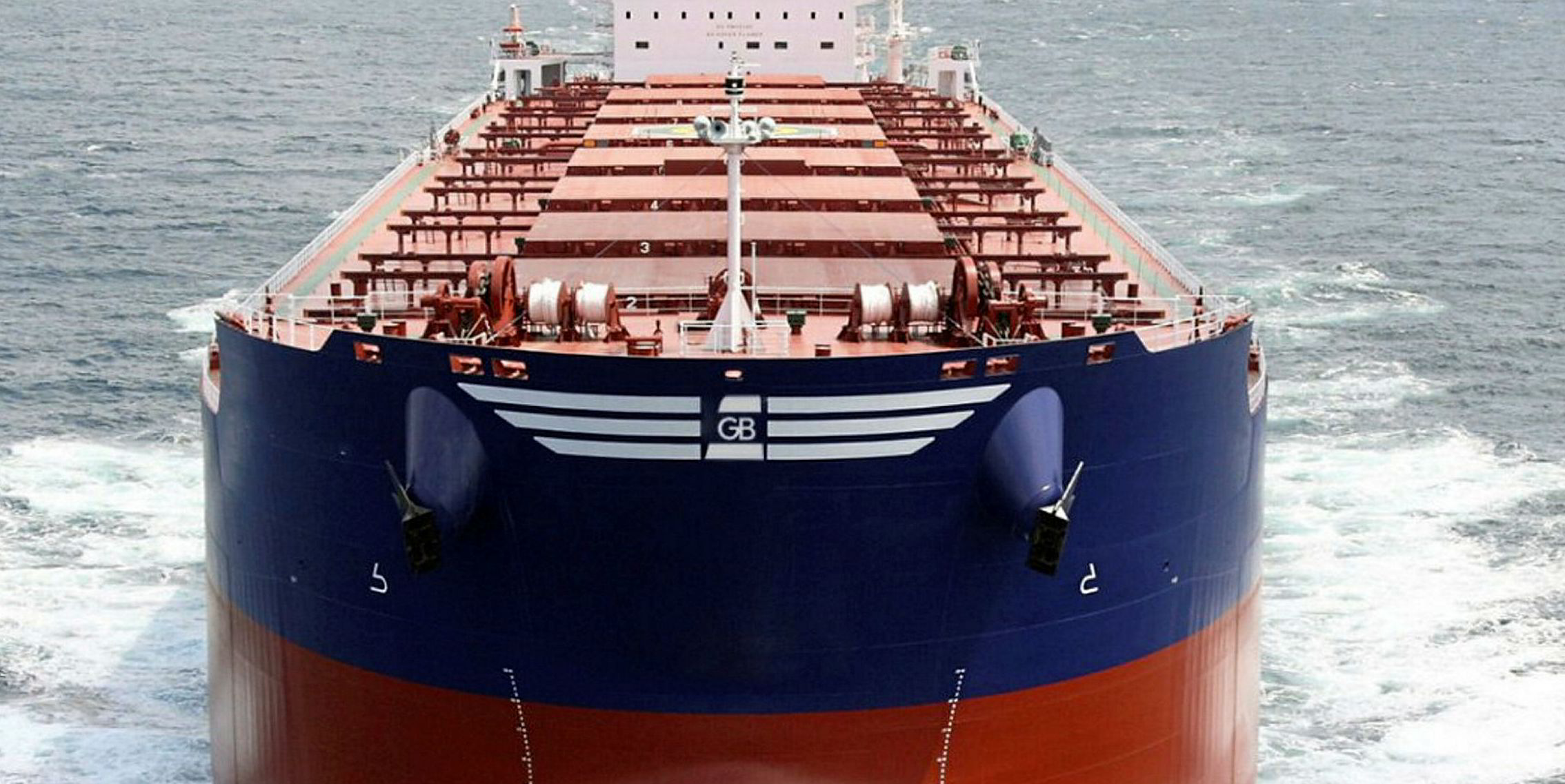A new Brazil-China dry cargo route goes live next week as the forward freight agreement (FFA) market revisits its roots.
The Panamax P8 route will enable users to trade and hedge grain and soybean voyages from 28 March. The trade is said to be booming, with the annual market for seaborne transport of soybeans at around 150 million tonnes.
Freight Investor Services (FIS), which has been championing the launch of the P8 route for more than a year, said 95 million tonnes of soybeans are thought to have been exported to China last year.
“Uncertainty in the global economy, and the impact of the US-China trade war, makes the ability to hedge freight and fuel risk on the booming [P8] route more important than ever,” FIS founder John Banaszkiewicz said. “With demand for soyabeans highly resilient in China and fuel prices set to rise next year, the timing is perfect for P8.”
The Baltic Exchange has been trialling the route, with clearing initially offered by the Nasdaq Futures Market.
According to FIS: “The main producers of soyabeans, grains market traders, as well as brokers, shipowners and Chinese receivers and crushing plants, have been encouraging the Baltic Exchange to publish and host the route, which has been produced daily on a trial basis by a specialist broker panel since January 2018.”
It is argued that the launch of P8 means owners, charterers and traders can manage their risk more precisely than using the existing Panamax 2a route (Continent-Far East), where liquidity is said to be only around 2% of the total panamax FFA volume.
P8 - Santos to Qingdao. 66,000 metric tonnes HSS, 10% more or less in owner’s option, free in and out, trimmed. 8,000mt Saturdays, Sundays + holidays excluded loading, 8,000mt Saturdays, Sundays + holidays excluded discharge. 24 hrs turn time at loading port, 24 hrs turn time at discharge port. Loading 10/20 days from index date. Age max 15 years. 5% total commission.
FIS estimates that each P8 trip carries around $2m of unhedged freight risk, some 38% or so associated with fuel oil.
Banaszkiewicz said: “Grains are where it all began for many of us in the FFA market and it’s great to be at the forefront of a new phase of liquidity in dry FFAs and see a new route come to fruition. This is a cause we have fought for over many months, encouraging the Baltic to list the new route.”
The FFA market began in 1985 with trading on BIFFEX, when the US Gulf-Japan grain trade volume was approximately 15 million tonnes of corn and traders needed a hedge for the US Gulf-Japan route with 52,000 tonnes of heavy grains, soybeans and sorghum (HSS).
The market has changed since then, with some 80% of China’s 95 million tonnes of soybean imports coming from Brazil last year.
Imports from the US have slumped following Beijing’s imposition of retaliatory tariffs against Washington but Banaszkiewicz said it is hoped that a new US Gulf-China (P7) route can also be included if a trade agreement is reached and volumes rise.
Freight rate volatility is attributed with a surge in FFA volumes during the first two months of 2019, including panamax trading.
In the past nine months, Brazil-China freight rates on 66,000 tonnes peaked at $40.06 on 15 October 2018, reached a low of $25.90 on 6 February and, at the time of writing, was $31.60. The difference between $25 and $40 is about $1m per voyage.
Banaszkiewicz said effort has been channelled into encouraging Chinese grain crushers, who have been somewhat absent from the FFA market, to trade more freight.
There has also been dialogue with various Chinese crushing plants and companies such as Cosco, whose bulk shipping arm recently opened an office in Geneva, where COFCO International — the trading arm of Chinese grains giant COFCO — is headquartered.





